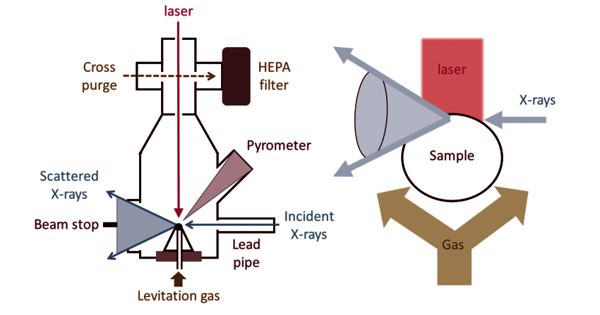In individuals who are overweight and at risk of serious disease, time-restricted eating (TRE) and high-intensity interval training (HIIT) have both been demonstrated to improve cardiometabolic health.
The effectiveness of combining these two strategies as opposed to using either one separately has now been examined in a randomized, controlled trial. The findings, which were published on October 4, 2022 in the journal Cell Metabolism, demonstrate that the combination increased the average long-term glycemic control in comparison to a no-intervention control group and caused 2-fold greater reductions in fat mass and visceral fat area than each intervention alone.
“Isolated TRE and HIIT have received increasing attention for being effective and feasible strategies for at-risk populations,” says senior author Trine Moholdt, head of the Exercise, Cardiometabolic Health, and Reproduction Research Group at Norwegian University of Science and Technology (NTNU).
“We wanted to compare the effects of the combination of TRE and HIIT with their isolated effects and to determine whether TRE and HIIT would act synergistically in improving health in individuals with risk for cardiometabolic disease. This finding highlights the importance of changing both dietary and physical activity habits for individuals who wish to rapidly improve their health and lower their disease risk.”
The trial had four arms: HIT alone, TRE alone, the TRE-HIIT combination, and a control group. A total of 131 women were enrolled, with 32 or 33 in each arm. They were all overweight or obese, and they all had cardiovascular disease and type 2 diabetes as risk factors for cardiometabolic illnesses.
TRE is a less tedious and time-efficient method to lose weight compared with daily calorie counting, and HIIT is tolerable and safe for previously sedentary individuals and can be completed within 30-40 minutes.
Trine Moholdt
All daily calories must be consumed within a 10-hour period in order to qualify as TRE. HIIT was described as exercise performed for 35 minutes, three times a week, at 90% of one’s maximum heart rate. The participants were required to record their first and last calories each day, and the investigators oversaw the activity sessions.
The interventions lasted for 7 weeks. The participants’ blood pressure, body mass index, blood fat and cholesterol levels, as well as multiple measurements of blood glucose and insulin levels, were all measured both before and after the trial.
The people who combined TRE and HIIT were able to enhance their average long-term glycemic control as determined by HbA1c, according to the study. Additionally, they were able to successfully lower fat mass and visceral fat while improving their cardiorespiratory fitness as indicated by peak oxygen consumption.
However, none of the therapies had a statistically significant impact on the blood lipids, appetite hormones, or vital signs when compared to the control group. Another important finding from the study was that adherence to the study was high.
“High adherence rates are important,” says first author Kamilla La Haganes, a PhD student at NTNU. “Adherence rates to general lifestyle recommendations are low, and our diet-exercise strategies may serve as an alternative.”
After the study was completed, 18 participants from the control group also chose to try one of the study interventions.
“We recommend this kind of program for people who wish to have a relatively simple way of changing diet and exercise habits and improving their health,” Moholdt says. “TRE is a less tedious and time-efficient method to lose weight compared with daily calorie counting, and HIIT is tolerable and safe for previously sedentary individuals and can be completed within 30-40 minutes.”
A limitation of the study was that the intervention period was only 7 weeks; longer-term investigations are needed to determine effects and feasibility for longer periods of time. The study also took place during COVID-19 lockdowns, which affected the participants’ lifestyles and could have influenced the results.
In order to determine if participants have kept up with the therapies, the researchers are currently inviting them back for follow-up testing 2 years after they completed the study. Additionally, they want to know if TRE and HIT combined will result in the same health advantages and have similarly high adherence rates in an entirely home-based scenario. Both men and women will participate in the study.
“Together, these two new studies will tell us more about the long-term feasibility and also the possibility for implementation in a real-world setting,” Haganes says. “Additionally, we can investigate if there are any sex differences in response to these interventions.”
This research is supported by the Liaison Committee for Education, Research and Innovation in Central Norway, the EFSD/Novo Nordisk Foundation Future Leaders Awards Programme, the Norwegian University of Science and Technology (NTNU), and by a Novo Nordisk Foundation Challenge Grant.
















